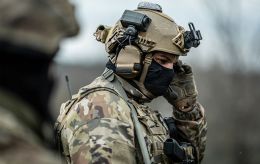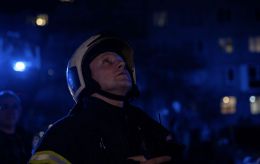Protracted war or victory? What scenarios most likely for Ukraine in 2024
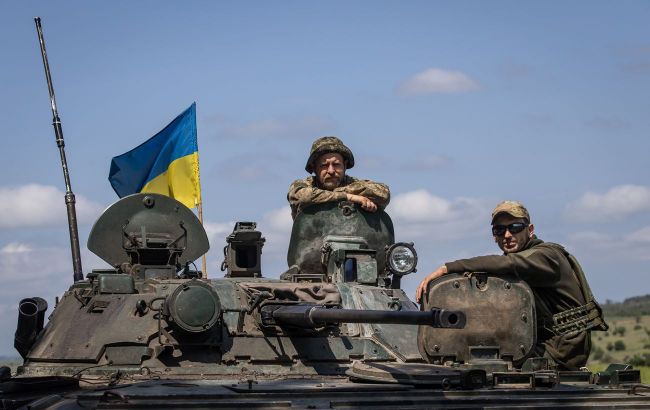 The war in Ukraine is unlikely to end in 2023 (Photo: GettyImages)
The war in Ukraine is unlikely to end in 2023 (Photo: GettyImages)
Ukraine is increasingly being predicted to have a protracted war that could continue in 2024. The situation on the front and the Kremlin's plan are analyzed in the article by RBC-Ukraine.
During the preparation of this material, sources included CNN publications, conversations with Ukrainian officials and intelligence representatives on an anonymous basis, as well as exclusive comments from Ukrainian military experts, were used.
Starting from February 24, Ukrainians desperately grasped for any forecasts regarding the duration of the war. A sense of even the slightest certainty provided strength to hold on and maintain optimism. However, the timeframe for any predictions shifted from weeks to months. Overly hopeful statements from our officials and partners set unrealistically high expectations for the course of the military actions. When they started diverging from reality, it turned into despair and disappointment.
In both Ukraine and the West, high hopes were placed on this year's summer campaign. Gaining access to the Azov Sea coast could open the path to Crimea. Concurrently or subsequently, if the Kremlin still wanted to continue the war by then, the defensive forces could have initiated the clearing of Donbas. There were so many discussions in the media about the preparation for a southern offensive operation for months that doubts crept in if our army makes a breakthrough, is it planned anywhere but the south?
Ultimately, the Russians were preparing to face the Ukrainian defense forces in the Azov Sea region as early as last November. It seems that the level of this preparation was underestimated to some extent both in the West and in Ukraine. Thus, the expectations of a quick end to the war shifted to a more pessimistic rhetoric about military actions continuing until 2025 or even longer.
2023 is not the end?
Both Western and Ukrainian military analysts believe that due to worsening weather conditions, there is a small window of opportunity left for military operations by the end of this year. Currently, our brigades are operating with small infantry groups, for which the weather factor is not a significant obstacle. However, to achieve success quickly, they will need to deploy armored vehicles, for which fall-winter off-road conditions may pose a problem. Therefore, weather conditions will objectively complicate and slow down the progress of the defense forces. In essence, the Ukrainian army has about a month left for active combat before heavy rains, followed by snow and frost.
The war's realities and pace have apparently forced the Ukrainian government to recalibrate its plans for this military campaign. Now, in military circles, there is increasing talk of the goal of liberating Tokmak in the south and/or Bakhmut in the east. At least these tasks by the end of the year now appear more realistic than reaching the administrative border of Crimea or the de-occupation of Melitopol and Berdyansk. Recently, Volodymyr Zelenskyy also mentioned plans to liberate "Bakhmut and two other cities" by the end of this year, presumably referring to goals for the year's end.
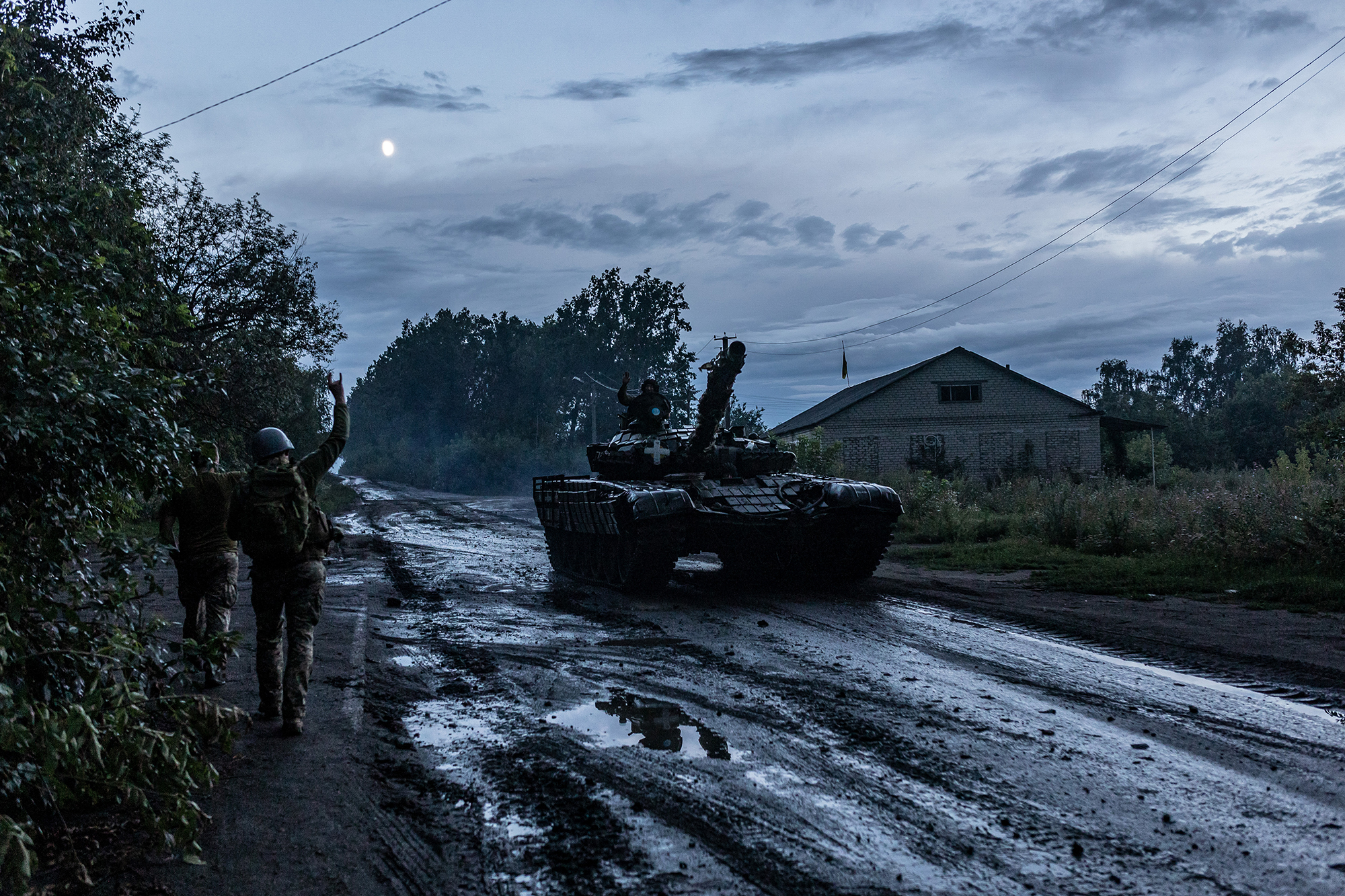
Ukrainian forces still have a chance to liberate several towns by the end of the year (Photo: GettyImages)
Fortunately, we do not have to talk about significant breakthroughs from the Russian side. The recent attempts to conduct an offensive operation on the Kupiansk and Lyman directions are almost without results. However, despite the fact that the enemy has so far exhausted its offensive potential, Russians continue to defend effectively.
The current plan of the Russian command looks like this: the maximum task is to occupy the entire territory of the Luhansk region, aligning the front line along the Oskil River, and thereby create conditions for the further capture of the entire Donbas. The minimum task is to divert Ukrainian reserves from Bakhmut and the south through their active counteroffensive in the Kharkiv and Luhansk regions.
Against the backdrop of strategic failures on the front, Moscow has decided to significantly increase spending on defense and the military apparatus in 2024, amounting to 40% of their budget. Russian Defense Minister stated that he supposedly has a plan to achieve their goals next year, once again indicating that the Kremlin is not inclined to end the war.
Representatives of the Ukrainian government also state that our offensive will not stop in the fall or winter until all occupied territories are liberated. Western partners publicly demonstrate their readiness to assist Kyiv as long as it takes.
We can now discuss the likelihood that the war will not end in 2023. However, the positions the defense forces will secure by the end of December will determine the starting conditions for a new phase.
What's Ukraine counting on?
Based on discussions with intelligence representatives, military personnel, and analysts, three scenarios for Ukraine's war development in 2024 can be outlined. The optimistic scenario is that the Ukrainian army liberates the entire south, including Crimea, by the middle of the next year and starts the de-occupation of the east in the second half of the year.
The moderate or intermediate scenario involves Ukrainian defense forces reaching the shores of the Azov Sea in the first half of 2024 and commencing the de-occupation of Crimea in the second half, followed by Donetsk and Luhansk regions.
"If we only have certain successes in the south by the end of the year, it will require the continuation and expansion of this offensive. Then the operation in the east will be postponed, and we will conduct containment defensive battles to prevent a possible breakthrough by the enemy," says Colonel of the reserve of the Armed Forces of Ukraine and military expert Serhii Hrabskyi.
The worst scenario is that the Ukrainian army fails to shift the front line, and the war turns into positional battles for each village.
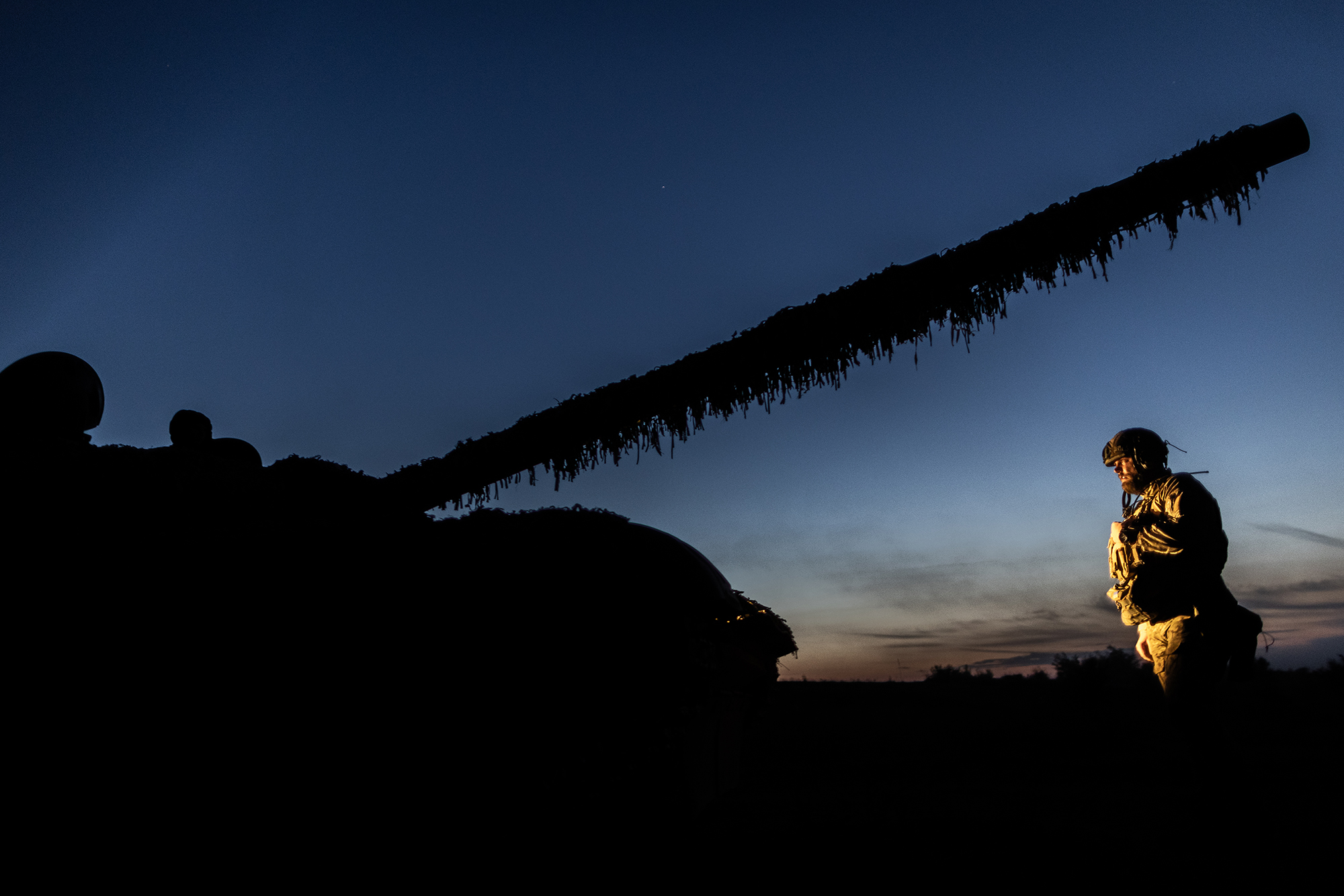
The war in 2024 can develop in three scenarios (Photo: GettyImages)
Mykhailo Samus, the director of the New Geopolitics Research Network, believes that in 2024, the Ukrainian army can block Crimea, initiate the de-occupation of the peninsula, and carry out separate operations to liberate Donbas. The defense forces will have significantly better conditions next year, especially if the promised F-16 fighters arrive on time.
"The Ukrainian army has the task of reaching Tokmak during the fall campaign and creating conditions for a breakthrough of other defense lines on the southern front. When Ukraine gets F-16s, the conditions for conducting military operations will change, and the Ukrainian army will finally gain an advantage in the air on certain fronts," says the military expert.
Even a few squadrons of F-16s will help weaken Russian aviation on the front, support our ground forces during an offensive, and strengthen Ukrainian air defense. Another important factor will be the delivery of long-range missiles – ATACMS systems and GLSDB guided bombs, which also play a role in offensive operations.
"When we talk about the operation in the south, it's essential to distinguish this vast theater of military operations, stretching from Crimea to the Kharkiv region, into two separate parts," says Samus.
One of them is the territory of Crimea, where an operation to block the peninsula will be carried out, supported by missile and aviation strikes and special operations forces. If the occupiers do not make a goodwill gesture after this, a ground military operation will take place there. The other theater will unfold in Donbas.
"There is a specific situation there because this territory is adjacent to the Russian border, and the enemy has no logistical problems, so there won't be an opportunity to block this region. In this theater, separate operations will be carried out to de-occupy specific areas that are militarily strategic. Gradually, these territories will be completely liberated from Russian occupiers," Samus explains.
However, it is important to understand one more critical factor: Ukrainian military forces are liberating the south with great effort, where the enemy began preparing defenses a year ago. De-occupying Donetsk and Luhansk, where the enemy entrenched itself since 2014, is unlikely to be a lesser challenge.
"Just look at our experience. The enemy took 400 days to advance from the front line to Bakhmut, covering a distance of 45 kilometers. And don't expect this task to be anything like a leisurely walk for us," says Hrabskyi.
What's the Kremlin's plan?
There are three obstacles preventing the Russians from achieving significant breakthroughs on the front in the foreseeable future. The first is the personnel shortage. Without conducting an open, larger-scale mobilization similar to what took place last fall, Moscow won't be able to form a powerful force for an offensive. Earlier, the Main Intelligence Directorate assumed that leading up to the presidential elections scheduled for next March, Putin wouldn't dare to further agitate his electorate. The mobilization reserves that the Kremlin is quietly assembling all over Russia right now are only sufficient to replace losses.
However, an even greater problem for the occupying army is equipment and weaponry. The Russians are replenishing their armory at a slower pace than they are expending it in battles. On one hand, sanctions provide the Kremlin with some loopholes, but on the other hand, they still don't allow the Russian military-industrial complex to operate at full capacity. Even if Moscow manages to somehow mobilize tens of thousands of additional soldiers by next year, it won't be enough for significant progress on the front – just enough to slow down the advancement of Ukrainian forces.
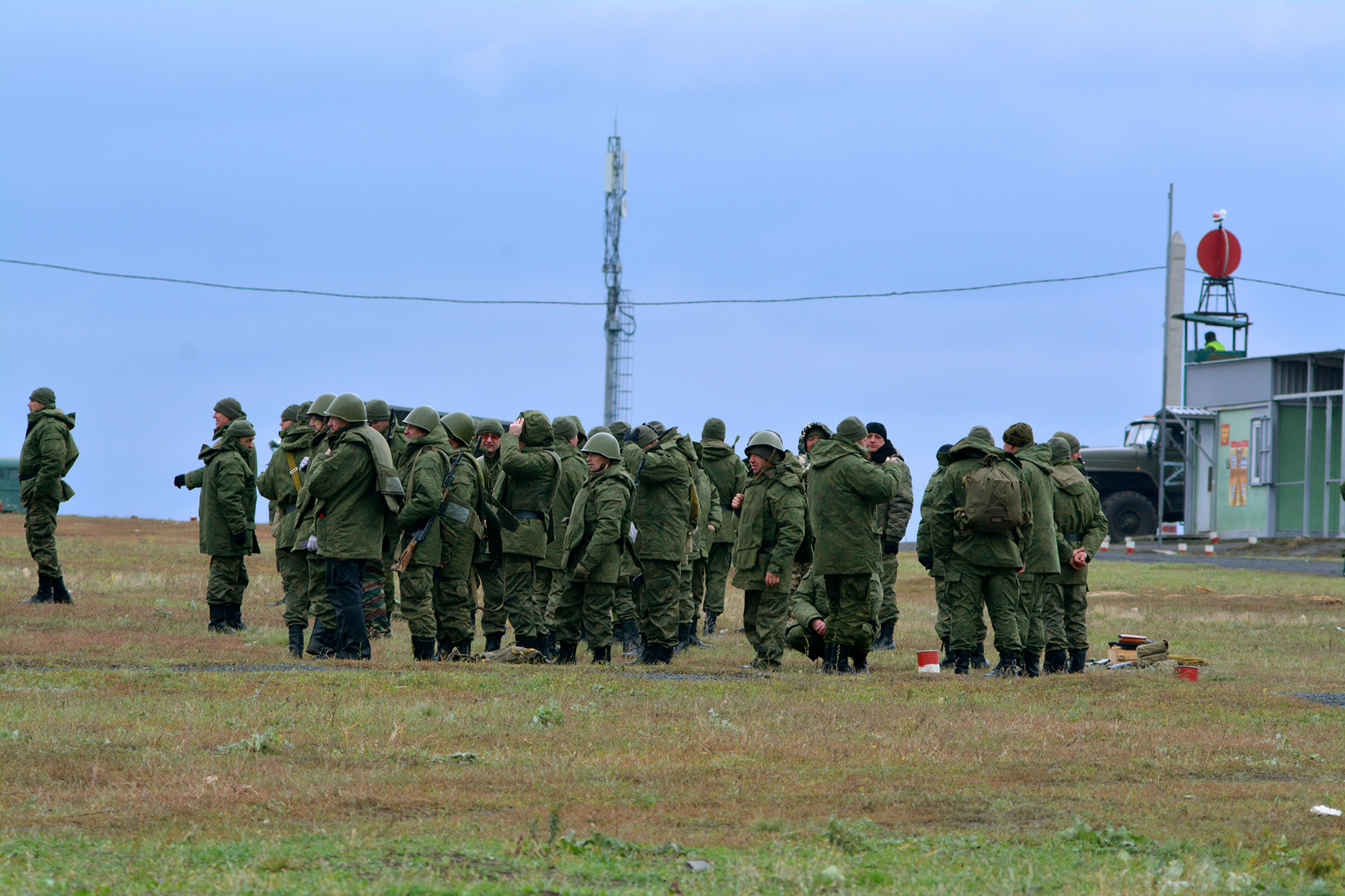
Putin still doesn't want to initiate a new wave of open mobilization in Russia (Photo: GettyImages)
The third and most significant issue for Russia is Western support for Ukraine. Sources in both political and military circles assert that assistance from partners will continue at least until the U.S. presidential elections next November, regardless of the situation on the front. However, predicting what will happen after the U.S. election remains difficult. Therefore, Moscow's key focus for 2024 is likely to prolong the military conflict while awaiting a potential victory for Donald Trump, who has previously expressed pro-Russian rhetoric.
"Until that time, Russia will aim to prevent any Ukrainian advances in the east and south and solidify the territories they consider annexed. After that, they'll put pressure on Trump, stating that the war has reached a stalemate, it makes no sense to aid Ukraine, and it's time to cease assistance so that Russia and Ukraine can sit down for negotiations. Consequently, Trump immediately declares himself a peacemaker, a great leader who has achieved peace between Russia and Ukraine," explained Samus.
However, if the defense forces manage to make significant progress on the front before the U.S. elections, it could completely disrupt the Kremlin's calculations. Firstly, this would add electoral points to Biden just before the elections. Secondly, if Trump does win, he may choose to support Ukraine more actively if only Crimea and Donbas remain to be liberated. To support the strong is in his interest. This would also enhance the role of the United States, including in its confrontation with China. Therefore, Trump might do something unexpected and increase support for Ukraine, for example, by providing more F-16 aircraft to expedite the de-occupation of Crimea and Donbas, suggested Samus.
Trump often acted unexpectedly, and his statements didn't always align with his actions. It's worth noting that, after becoming president, he didn't openly engage with Putin, despite concerns from his opponents. When the interests of Washington and Moscow clashed directly in Syria, Russia backed off and didn't escalate the situation by supporting Assad. Additionally, the United States has a stable system of checks and balances, which prevents radical shifts in the country's policies. Thus, Trump's ascent to power is no guarantee that the United States will immediately shift its stance toward Russia after the elections.
***
It's important to understand that, under all the scenarios described above, there is a high probability of war dragging on into 2025. "In general, 2024 doesn't appear to be the definitive year for our victory," says Hrabskyi.
What's also crucial to note is that even returning to the 1991 borders won't automatically end the war. Beyond those borders, there will still be an aggressive neighbor, which, even with a weakened military, will have the capability to shell our territory and damage our cities. Therefore, the true end of the war will come when the enemy, through peaceful settlement or military actions, can no longer terrorize Ukraine from the sea, the air, or the land.
